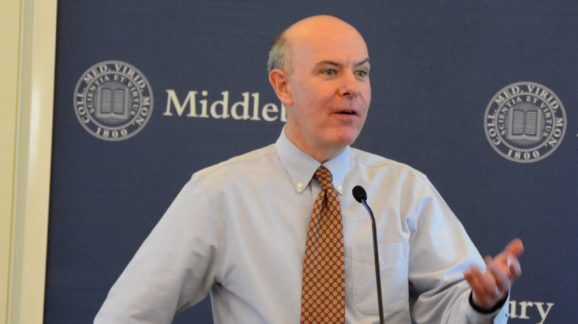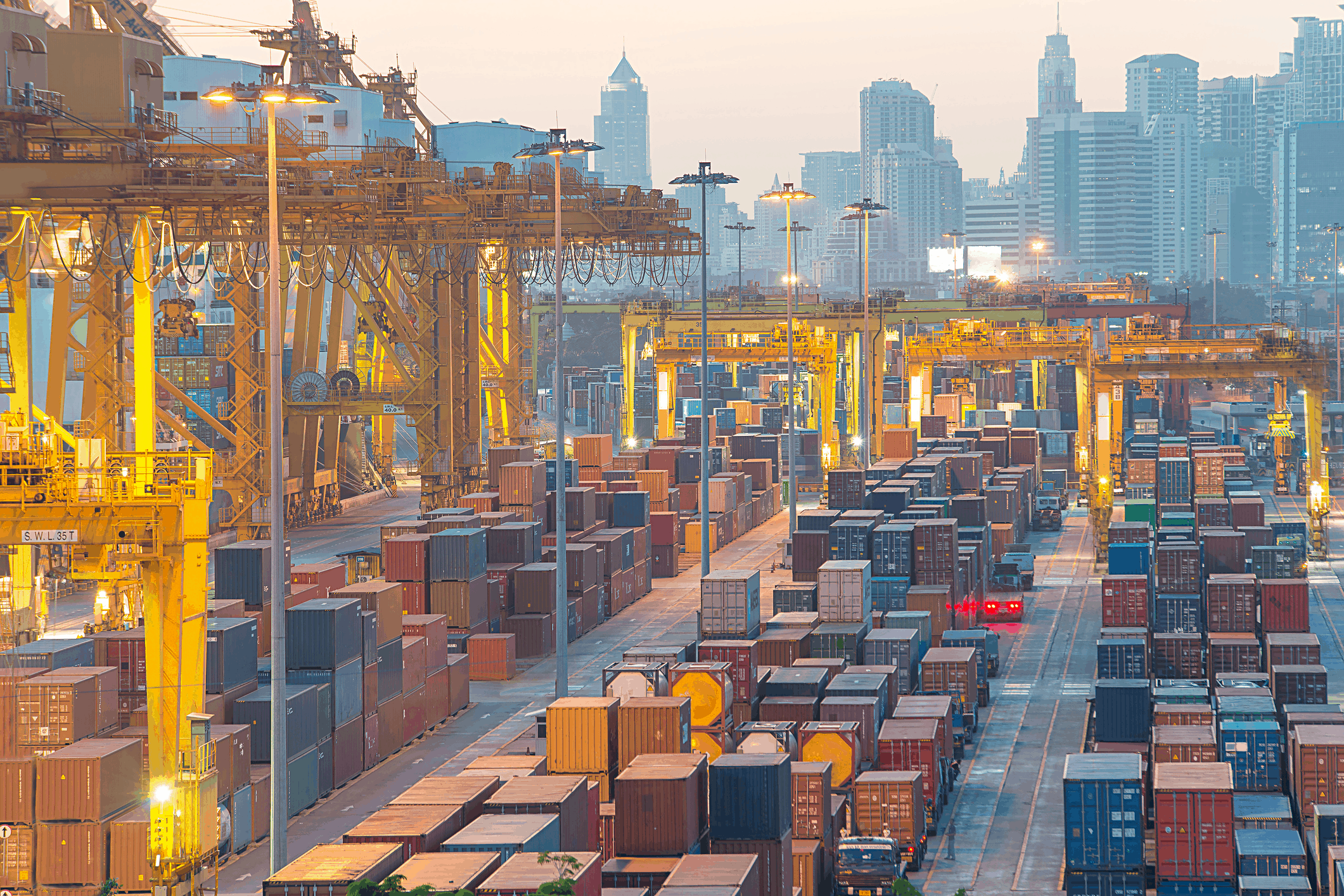Best Books of 2018: Clashing over Commerce

 Review of Clashing over Commerce: A History of U.S. Trade Policy by Douglas Irwin (University of Chicago Press, 2017).
Review of Clashing over Commerce: A History of U.S. Trade Policy by Douglas Irwin (University of Chicago Press, 2017).
Douglas Irwin’s magnum opus, published at the end of 2017, is already a classic. Given the prominent role trade is playing in politics right now, it is also very timely. At almost 700 pages, “Clashing over Commerce” looks intimidating. But once you start reading, it isn’t. Irwin tells a coherent story that spans generations, showcasing the prominent personalities in the great trade debate, their larger philosophical and economic arguments, and the legislation and policies they fought over. It hits on all levels.
At the same time, Irwin’s chronological structure also makes it easy to focus on one area of interest. So readers, take advantage of the index and the table of contents if you don’t care to read the whole thing.
Interested in how tariffs contributed to the Civil War? Turn to chapter 4. Interested in the Depression-era Smoot-Hawley tariff? Go to chapter 8 (Irwin also wrote a whole book, “Peddling Protectionism,” on Smoot-Hawley). The World Trade Organization and the bi- and multi-lateral trade agreements in today’s controversies get their due in later chapters.
One of Irwin’s biggest takeaways is that the trade debate’s basic arguments haven’t changed much over the years. President Thomas Jefferson embargoed British trade for both economic and national security reasons, and the policy was a failure. The current administration can learn from the precedent in its ongoing scrap with China.
The industrializing North’s advocacy for tariff protection against foreign competition was one of the 19th century’s biggest rent-seeking stories, and added to North-South tensions both before and after the Civil War. There are important lessons here for tamping back today’s corporate welfare and cultural divisions. The period also spawned the wonderfully-named 1828 Tariff of Abominations.
“Infant industry” protection arguments were as wrong for the 1890s tinplate industry as they are for today’s technology and green-energy industries.
Franklin Roosevelt’s Secretary of State, Cordell Hull, argued that if goods do not cross borders, soldiers will. His words are as wise today as they were when World War II broke out. Cordell’s sentiments also guided a postwar trading system that emphasized peace as much as growth. That system sharply reduced tariffs worldwide until last year. It is an important reason why absolute poverty is now below ten percent of world population for the first time, and war and other forms of violence are continuing their long-run decline.
Irwin identifies another larger theme that applies to issues far beyond trade and tariffs: mission creep. Tariffs were originally intended only to raise revenue. Protective tariffs were strictly forbidden. Of course, a tariff is a tariff, no matter the reason. Alexander Hamilton was one of the first advocates of a national government-directed industrial policy, and tariffs played a major role in his vision.
His proposals were mostly shot down, but as the years went by, more and more people followed Hamilton’s lead. Some were rent-seeking opportunists using Hamilton’s arguments as fig leaves. But other protectionists were sincere, espousing everything from nationalism, anti-foreign sentiment, and economic imperialism to arguments about economic efficiency and saving on transportation costs.
The process continued even after the 16th Amendment passed in 1913, and the new income tax displaced tariffs as the primary federal revenue source. Today, even after Trump’s doubling of tariffs, they raise less than one half of one percent of federal revenue. Tariffs are now strictly for tilting the economic playing field.
Today, the mission creep has gone global. Tariffs have become a brinksmanship tactic—I won’t lower my tariffs unless you lower yours first. This is folly, of course. As the economist Joan Robinson said, if your trading partner dumps rocks in his harbor, the solution is not to dump rocks in yours.
Trade agreements have also become a negotiating tool, and have creeped beyond just tariffs. It is now standard procedure to add trade-unrelated provisions to trade agreements, such as labor, environmental, and regulatory policies. Activists and rent-seekers both find fertile ground here.
In a classic Baptist-and-bootlegger dynamic, labor activists advocate adding expensive labor regulations to trade agreements to hobble foreign competition, though they publicly cite the need to improve foreign working conditions. Environmental activists are often willingly played by rent-seeking green energy producers to advocate for windfall environmental standards and other lucrative non-trade clauses. Steel and other manufacturing industries play to peoples’ nostalgia and patriotism to get their own special favors added to agreements.
All this is a far cry from the original neutral-revenue tariff. This continuing development is why Irwin divides his book into three main eras—revenue, restriction, and reciprocity. Revenue raising became protectionism, and now tariffs are a reciprocal weapon in international negotiations. When the Trump trade war cools down, Irwin will need to add an especially eventful chapter to an updated edition. Hopefully future years will inspire a fourth era—one of openness, peace, and free trade.
Previous posts in the Best Books of 2018 series:
- “Judicial Fortitude: The Last Chance to Rein in the Administrative State” (Encounter Books, 2018)
- “Factfulness: Ten Reasons We’re Wrong About the World-and Why Things Are Better Than You Think” (Flatiron Books, 2018) by Hans Rosling with Ola Rosling and Anna Rosling Rönnlund.
- “Suicide of the West: How the Rebirth of Tribalism, Populism, Nationalism, and Identity Politics Is Destroying American Democracy” (Crown Forum, 2018) and “Enlightenment Now: The Case for Reason, Science, Humanism, and Progress” (Viking, 2018).
- “Life after Google: The Fall of Big Data and the Rise of the Blockchain Economy” by George Gilder (Gateway Editions, 2018).